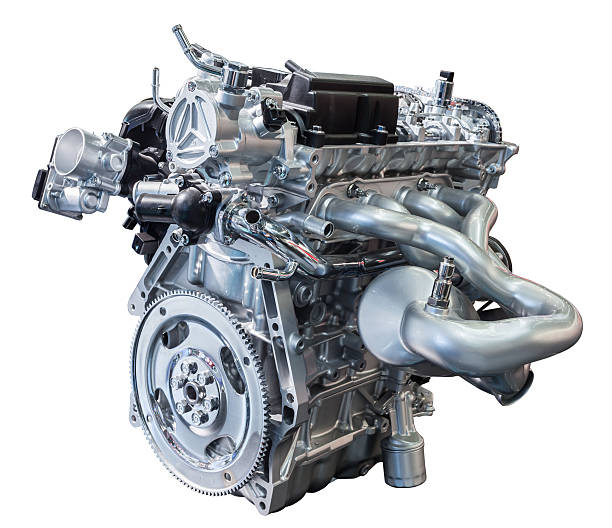Camshaft Phasing: The Unsung Hero of Engine Performance
The world of automotive engineering is filled with intricate systems that work in harmony to propel our vehicles forward. Among these, one often-overlooked component plays a crucial role in optimizing engine performance: camshaft phasing. This innovative technology has revolutionized the way engines operate, offering a perfect balance of power, efficiency, and environmental responsibility. Let's dive into the fascinating world of camshaft phasing and explore how it's reshaping the automotive landscape.

Historical Context and Development
The concept of variable valve timing dates back to the 1920s, but it wasn’t until the 1980s that the technology began to see widespread adoption in production vehicles. Early systems were primarily focused on improving high-end power output, but as emissions regulations tightened and fuel efficiency became a priority, camshaft phasing evolved to address these concerns as well.
How Camshaft Phasing Works
At its core, camshaft phasing relies on a mechanism that can rotate the camshaft slightly in relation to its drive sprocket or gear. This rotation is typically controlled by hydraulic or electric actuators, which respond to signals from the engine control unit (ECU). The ECU considers factors such as engine speed, load, and temperature to determine the optimal cam timing for any given situation.
Benefits of Camshaft Phasing
The advantages of camshaft phasing are numerous and significant. At low engine speeds, the system can be adjusted to improve torque and drivability, making the vehicle more responsive in everyday driving situations. As engine speed increases, the timing can be altered to maximize power output, delivering exhilarating performance when needed. Additionally, camshaft phasing allows for a reduction in pumping losses, which translates to improved fuel efficiency across the entire operating range.
Emissions Reduction and Environmental Impact
Perhaps one of the most critical benefits of camshaft phasing is its role in reducing harmful emissions. By optimizing valve timing, engines can achieve more complete combustion, reducing the production of pollutants such as nitrogen oxides (NOx) and hydrocarbons. This technology has been instrumental in helping automakers meet increasingly stringent emissions standards without sacrificing performance or drivability.
Advanced Camshaft Phasing Systems
As automotive technology continues to advance, so too does camshaft phasing. Modern systems are becoming increasingly sophisticated, with some engines employing multiple phasing mechanisms to control both intake and exhaust valves independently. This level of control allows for even greater optimization of engine performance and efficiency.
Challenges and Limitations
While camshaft phasing offers numerous benefits, it’s not without its challenges. The system adds complexity to the engine, which can increase manufacturing costs and potentially introduce new points of failure. Additionally, the effectiveness of camshaft phasing can be limited by the physical constraints of the engine design, such as valve size and port geometry.
Future Developments and Trends
Looking ahead, the future of camshaft phasing appears bright. Engineers are exploring ways to further refine the technology, including the development of more responsive actuators and more precise control algorithms. Some researchers are even investigating the potential for fully variable valve lift and duration, which could take engine optimization to new heights.
Integration with Other Technologies
Camshaft phasing doesn’t operate in isolation; it’s part of a broader ecosystem of engine technologies. When combined with other advancements such as direct fuel injection and forced induction, the benefits of camshaft phasing can be amplified, resulting in engines that are more powerful, efficient, and clean than ever before.
Impact on Driving Experience
For the average driver, the effects of camshaft phasing might not be immediately apparent, but they are certainly felt. The technology contributes to smoother, more responsive engines that deliver power when needed and efficiency when cruising. It’s a prime example of how advanced engineering can enhance the driving experience without compromising on performance or environmental responsibility.
In conclusion, camshaft phasing stands as a testament to the ingenuity of automotive engineers. This technology, hidden away within the heart of the engine, plays a vital role in shaping the performance, efficiency, and environmental impact of modern vehicles. As we continue to push the boundaries of what’s possible in automotive design, camshaft phasing will undoubtedly remain a key player in the quest for the perfect balance of power and efficiency.





